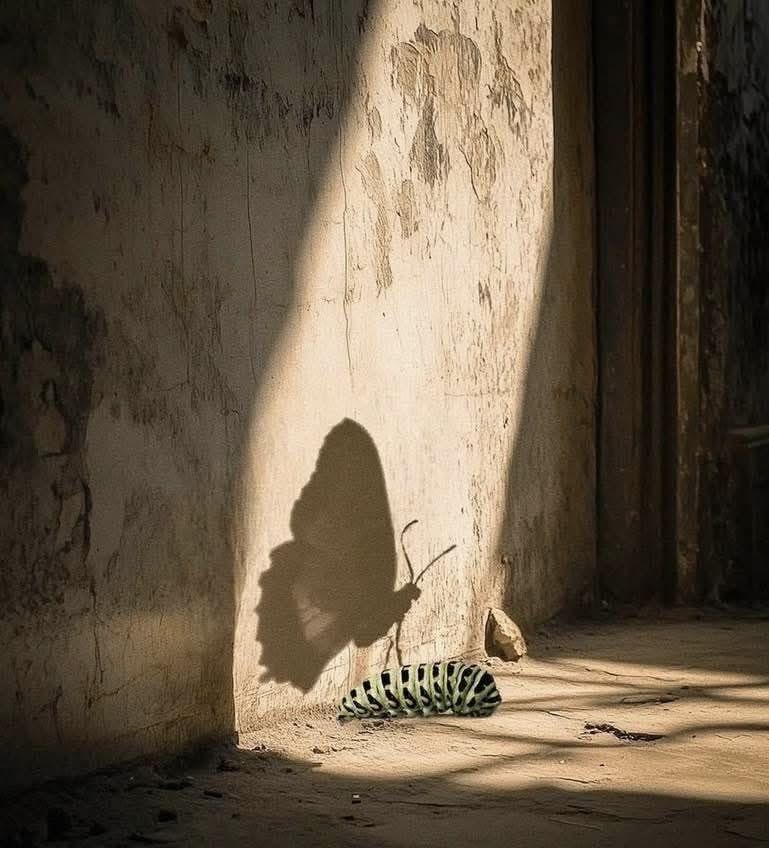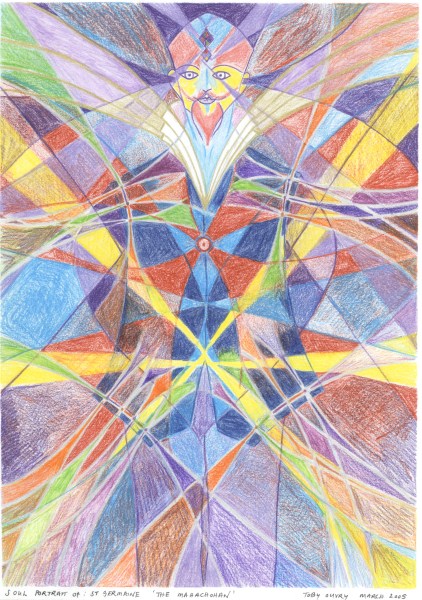“Your reality is a dynamic co-creation between your imagination & your environment. Learn how to use this to open doors in life for you, rather than close them”

Dear Integral Meditators,
This week’s article focuses on the psycho-dynamic relationship between your imagination and your environment.
If you enjoy it, then feel free to come along to the Wednesday and Saturday bright shadow meditations, which are psycho-dynamic in the way described below.
Heads up for the last workshop of the year, Saturday 13th December, 9am-12.30pm – Psychic & Psychological Self-defence half day workshop, also very much an ‘evolutionary magical’ focus here.
In the spirit of the imaginal,
Toby
Your inner magician part 2 – getting your imagination & creativity to work for you
In my previous article on activating your inner magician I defined your inner magician as:
“The inner magician is that part of our inner self that is both creative and magical, and that if we harness it effectively has the power to change our daily life and experience for the better”

I then went onto define magic as defined magic as:
“The higher expression of our inner magician is that part of self that is able to work with the higher, evolutionary or developmental expression of magic.”
This article looks at the second and third aspect of activating our inner magician:
“Engaging our creative imagination consciously to ‘sculpt’ our experience of any given situation for the better,” and
“Not being content to let good ideas remain in our head, but actively finding ways of expressing those ideas concretely in our daily life.”
Aspect 2: Engaging our creative imagination consciously to ‘sculpt’ our experience of any given situation for the better
We think that there is a concrete reality ‘out there,’ waiting to be discovered, that has some kind of fixed or intrinsic qualities. Actually this is not quite the case. What happens is that the “bare facts” our outer reality meets our mind, which then imagines or projects its own ideas onto that outer reality.
From this we can see that what we experience in life has something to do with the “facts” of our life, but equality as much it also has to do with our imaginative response to those facts. Our reality and our imagination are in a constant process of interacting together in a psycho-dynamic manner. To work with magic is to realize the power of your imagination to co-create any given situation in your life, and leverage on that imaginative power effectively. For more on this you can read my past article “Taking your creative imagination as your object of meditation”.
Our imagination is deeply and powerfully magical, it can create great art and great bliss, or it can create our own private hell.
Aspect 3: Not being content to let good ideas remain in our head, but actively finding ways of expressing those ideas concretely in daily life.
Our inner magician realizes that any good idea that we understand, create or hear about is an INJUNCTION. An injunction is somewhere between an invitation and an obligation. This means that when we have or hear a great idea, we recognize that our understanding of this idea is INVITING us to use the idea as a practical tool with which we can change our life for the better. By virtue of understanding of the idea we could also say that we have an OBLIGATION to try and integrate that idea into our life. If we just let that idea remain in our intellect that would be a great waste right? Many of us are guilty of this; having great insights and ideas about our life, but not implementing them, thus wasting them.
So, our magical self or inner magician is delighted when good idea come our way and immediately seeks ways to start expressing these ideas in a practical way to change our life for the better.
Practical Work
If you want to follow up on this article on a practical level, here are two suggestions:
- Use the image above as an object of meditation in order to help you to intuitively connect to your own “Inner Magician”. Alternatively find a picture of a ‘magical person that resonates with you, and use that as a visual base for connecting to your IM.
- Observer the interaction between your imagination and inner conditioning with your outer environment. Notice how your reality is a dynamic co-creation between these two. Reflect on how to use this to open doors in life for you, rather than close them.
- As soon as you have or understand a good idea intellectually, immediately ask yourself “How can I make this idea a concrete, practical reality in my life?” Do whatever you can to act upon your answer to this question.
Related article: Connecting to your magical self or inner Magician part 1
© Toby Ouvry 2025, you are welcome to use or share this article, but please cite Toby as the source and include reference to his website www.tobyouvry.com
Upcoming classes & workshops
Ongoing on Tuesday’s & Wednesday’s (live & online), 7.30-8.30pm – Weekly integral meditation classes
Starts Tuesday 11th & 12th November, 7.30-8.30pm – Going beyond your limitations, tapping into your hidden strengths – Meditating with your bright shadow, a 6-week course
Starts Saturday 15th November, 5.30-6.15pm SG time – Bright shadow meditation Deep-dive – A 5 session practice series
Saturday 13th December, 9am-12.30pm – Psychic & Psychological Self-defence half day workshop
Follow Toby on: LinkedIn, YouTube, Instagram
Integral Meditation Asia
Online Courses * 1:1 Coaching * Books * Live Workshops * Corporate Mindfulness Training *Life-Coaching * Meditation Technology









